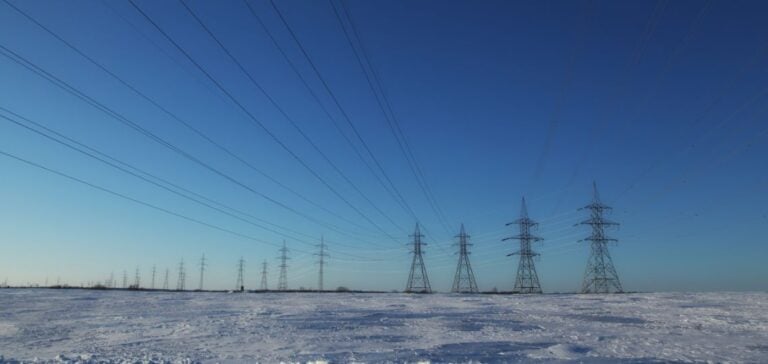In October 2024, Canada’s electricity production increased by 2.4% compared to the same period in 2023, according to a report published by Statistics Canada. This growth represents a rise of about 1.1 terawatt-hours (TWh), driven by gains in renewable energy and fossil fuels, which offset the continued decline in hydropower affected by prolonged drought conditions.
Drivers of energy growth
Wind energy stood out in October, with a 24% increase in production, amounting to a growth of 0.8 TWh compared to the previous year. This dynamic was further boosted by a significant 53% increase in solar energy production, which reached 417 gigawatt-hours (GWh).
Meanwhile, fossil fuels, including natural gas and coal, saw a 7% increase, contributing 10.7 TWh. In contrast, nuclear energy production declined by 7%, falling to 6.6 TWh for the month.
Pressure on hydropower
Hydropower, which accounts for 60% of the country’s total electricity production, continues to face the impact of exceptional drought conditions. In October, hydropower production decreased by 0.7%, settling at 24.9 TWh. On an annual basis, the decline reached 8% between 2022 and 2023.
British Columbia has been particularly affected. The British Columbia Hydro and Power Authority reported record droughts in 2023, leading to a 45% drop in electricity exports to the United States. The U.S. Energy Information Administration (EIA) indicated that exports to California decreased by 75% over the same period.
Rising demand from data centers
Energy demand in Canada continues to grow, largely driven by the expansion of data centers. According to the Canada Energy Regulator, the country currently has 239 active data centers, with Ontario hosting 105, followed by Quebec with 57 and British Columbia with 35.
Andrew Dow, Senior Manager of Public Relations at Ontario’s Independent Electricity System Operator (IESO), identified data centers as one of the main drivers of future demand, alongside the electrification of transportation and industry.
By 2035, IESO projects that these data centers will consume 8.4 TWh, accounting for approximately 4% of Ontario’s projected energy demand. Globally, data centers consumed 460 TWh in 2022, according to the International Energy Agency (IEA), a figure that could double by 2026.






















